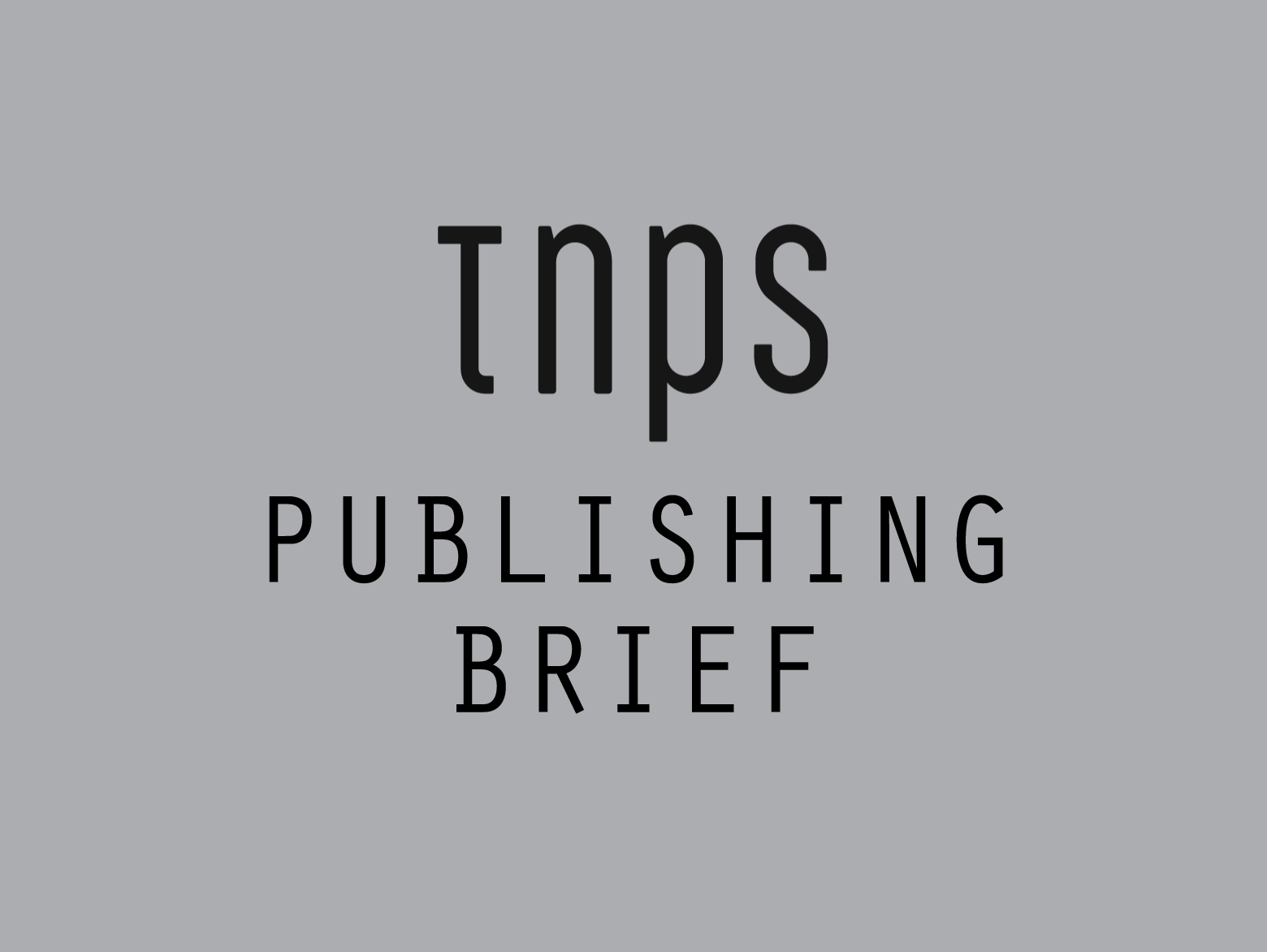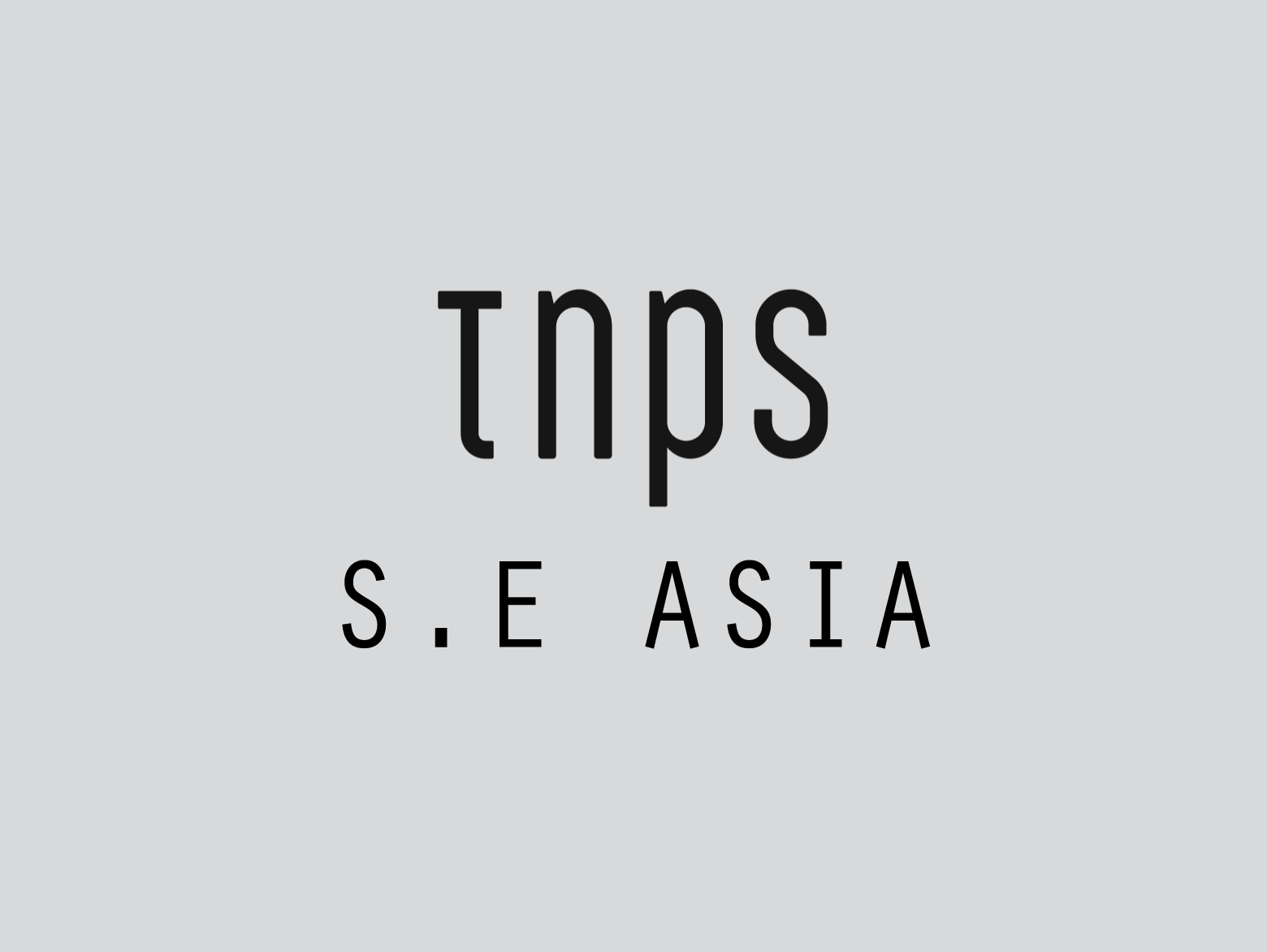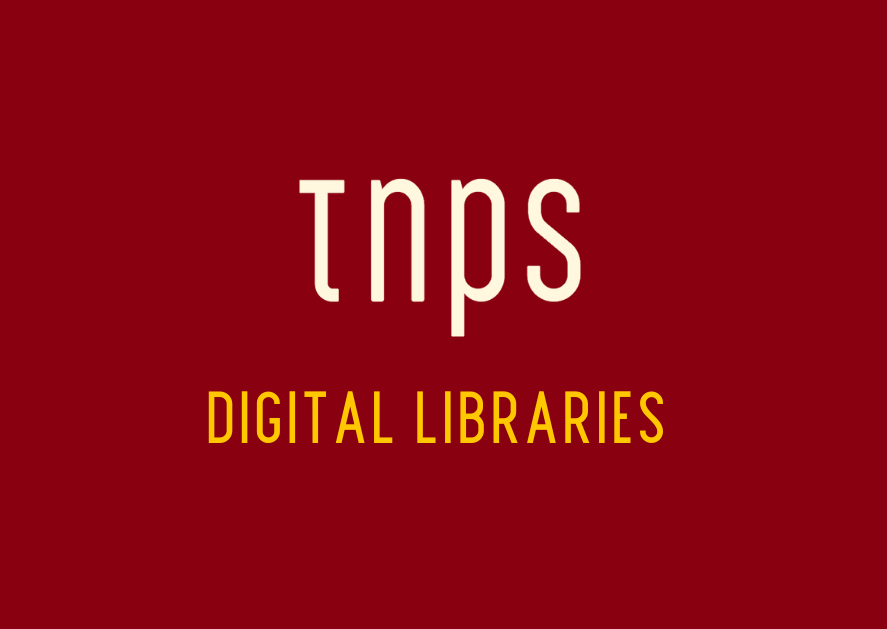20% of respondents are reading more print, while 50% are consuming more digital books, with women readers leading the way
Publishing Perspectives this week has access to the latest report from Nielsen India on the effects of Covid-19 on this exciting book market.
Titled Impact of COVID-19 on the India Book Consumer, the Nielsen Book India report offers invaluable insights into not just lockdown purchasing patterns but also reading choices.
That more people are reading books under lockdown should come as no surprise. India’s lockdown has been more severe than most, and booklovers will have been drawing on their book collections at home and buying new stock from wherever possible.
Nielsen report 2/3 of respondents are reading more, with print, digital and audio consumption up by as much as 7 extra hours per week, to an average of 16 hours weekly.
20% of respondents are reading more print, while 50% are consuming more digital books, with women readers leading the way.
When it comes to purchasing, Nielsen reports:
Six out of 10 respondents expect to buy books through physical stores and seven out of 10 through an online bookshop after the lockdown is lifted, with the proportion higher than before lockdown in each case, but more so for online than in-store.
At which point, a caveat:
One of the problems with this report is that is derives from an online survey, which by definition will have excluded the participation of those many Indians – some 60% of the population – who have yet to go online, let alone discover digital books and online book purchasing.
But while 40% internet penetration might suggest something of a lost cause for digital, that’s to ignore the small fact that the 40% of the Indian population that is online amounts to 560 million people, second only to China in the world internet stakes, and already a potential market nearly twice the size of the USA (312 million online).
So much to be excited about here in terms of the future, and for those of us outside India that excitement grows with the news that, again per the limitations of the survey parameters, many Indian readers are more than comfortable with authors and settings beyond their shores.
Only 9% of respondents said they read only Indian authors, while 26% said they preferred international authors, and 65% read both.
One other feature from the Publishing Perspectives summary warrants mention here: pricing.
50 percent of fiction readers and 40 percent of nonfiction readers…prefer a price point between 200 and 400 rupees for paperback purchases. That, in US dollars is a range of 53 cents to 67 cents.
Accepting that Indian books are, by western standards, unbelievably inexpensive, the obvious question is, how can publishers outside the country hope to compete?
But many do, and successfully, as the predilection for international titles shows.
For publishers large enough to be able to operate within India or to partner with local publishing and distribution, and that are comfortable with relatively low prices at point of sale, this market is not such a difficult one to enter.
For the rest, digital retail and digital subscription offer the easiest entry point, and that of course is also an opportunity for indigenous authors and publishers, who can remove the costs of print production and distribution and enter directly into the fast-growing ebook, digital audio, online reading and subscription arena, with an eye on that 560 million Indians online.
I presume, from the coverage offered at Publishing Perspectives, that the Nielsen Book India report focussed on English-language publishing, which while currently the largest component of the Indian publishing sector will be dwarfed in time by indigenous language publishing, as digital technology expands to encompass its full potential.
And that makes the prospects for the India book market all the more exciting.
Read the full summary of the Nielsen Book India report from Publishing Perspectives here.
UPDATE: It seems languages were covered and unsurprisingly Hindi was the most popular language after English.
On that point, it’s not clear if the survey itself only targetted English-speakers, or how much the predilection for English-language content reflects the availability of content in other languages.





